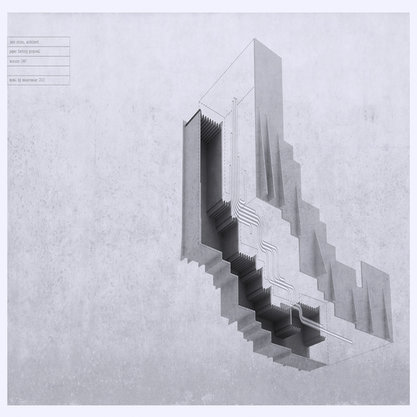Article
Berk, Nurullah (1906–1982) By Shaw, Wendy
Article
An artist and writer from the Republic of Turkey, Nurullah Berk worked to promote the expression of Turkish aesthetic ideals as one of the founders of the D Group.
Berk first studied in Paris with Ernest Laurent at the École des Beaux Arts between 1924 and 1928. Upon his return to Turkey, he became a member of the recently established Society of Independent Painters and Sculptors. He spent a year in Paris studying with André Lhote and Fernand Leger, whose Cubist modernism reflected the ideas of Henri Bergson as developed by the Puteaux Group before World War I.
Returning to Turkey in 1933, Berk became one of the founders of a society of artists that promoted independent thought and modernist ideals, known as the D Group. He also participated in the state-sponsored Homeland Tours project that sent artists to the provinces between 1938 and 1943. Berk promoted the expression of Turkish aesthetics through a vocabulary of abstraction, combining flat abstraction with patterns drawn from the popular and folk traditions of Turkey.
Woman Ironing (1950) exemplifies his combination of Cubist abstraction with national identity in its idealization of the working figure of the Turkish peasant woman, with patterns derived from traditional Turkish flatwoven carpets.



